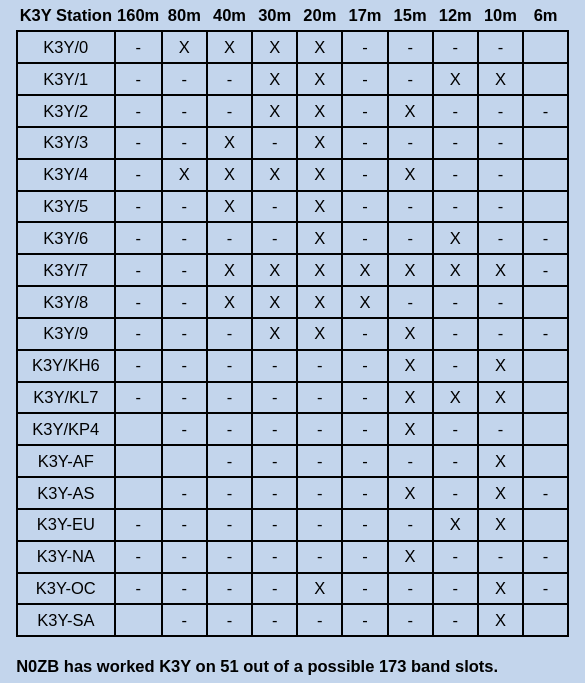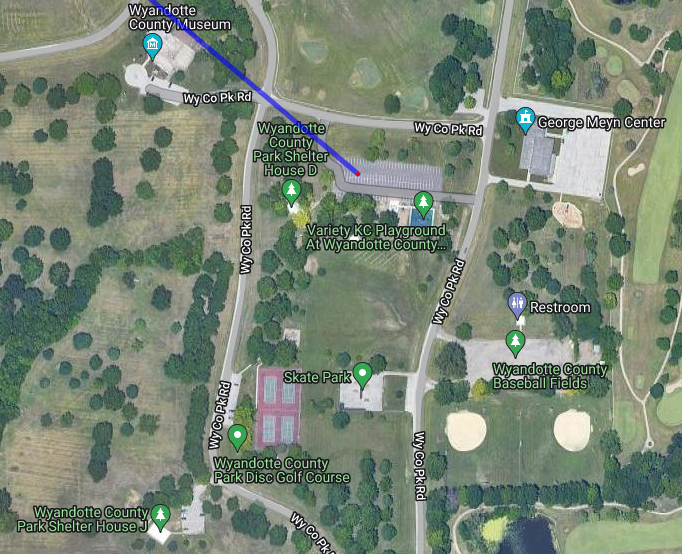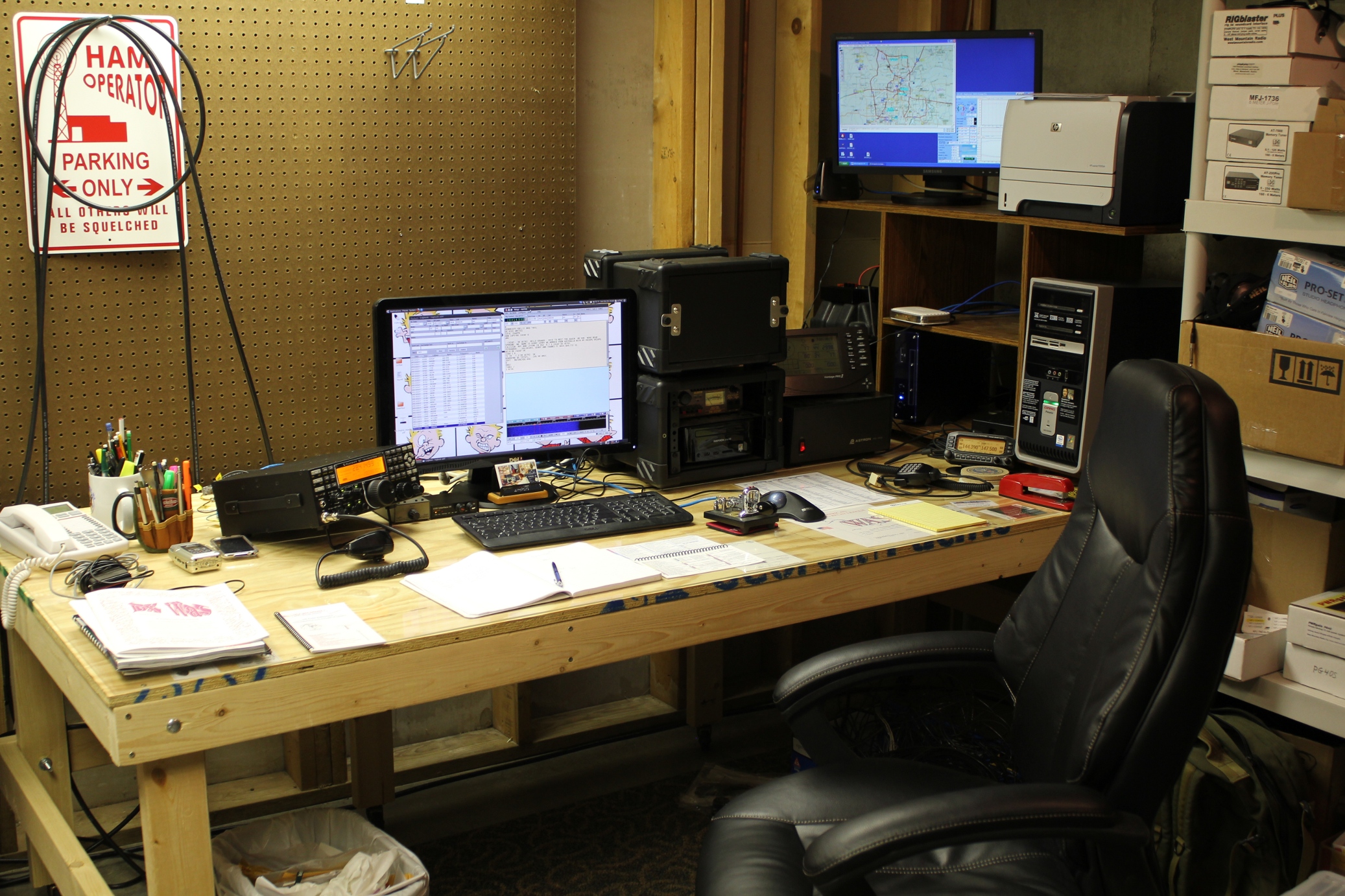http://www.on4ww.be/OperatingPracticeEnglish.html
6. HOW TO MAKE A QSO? WHAT CAN I TALK ABOUT?
Some newcomers are astonished during their first encounters on the ham bands by the many QSOs in which only the callsigns and reports are exchanged. It doesn’t have to be this way, of course. In the beginning I disliked this myself as I enjoyed long and elaborated QSOs. I was a real ‘ragchewer’. There is nothing wrong with that. However, in time though I switched from long to very short QSOs. Everyone has their own preference.
Although we exercise a mainly technical hobby, our QSOs do not have to be limited to purely technical matters. A healthy balance is necessary. Radio amateurism is not intended to chit chat about groceries. Let your common sense be your guide.
Topics we must avoid include religion, politics and of course commercial advertisements. It is also forbidden to broadcast, ie. one way transmissions of either long winded announcements or music programs.
The Belgian basic license manual implements for the first time an ‘Operating Practice & Procedures’ chapter and explains how to make a QSO. What follows is a concise repetition and some additions:
* before commencing a transmission on a given frequency, always check thoroughly if this frequency is in use by other stations;
* if the frequency is clear, call CQ (general call -CQ possibly derives from ‘I seek you’-. Pat, W5THT has the following explanation on CQ from the pre-wireless days). See Chapter 7 ‘How to call CQ?’ which expands in detail on the proper way to CQ;
* the sequence on how to place callsigns during a contact is straightforward; first name the callsign of your counterpart, then yours. Example (you are ON4ZZZZ): ‘Thanks OM, microphone back to you. ON4XXXX (de) ON4ZZZZ’ (end of your transmission). An easy way to remember this: you always have to be polite.
* Always end a transmission with your callsign. If making many short transmissions during a QSO, identify with your callsign at least once every five minutes (some countries: 10 minutes);
* leave a short pause in between ‘overs’. In that way, someone else can make a quick call, or intervene in the ongoing QSO. Keep in mind that one day ‘you’ may be the one receiving a distress call! Be ready for it.
* Do not elaborate about a zillion things during one over. Keep your transmission short and concise as to give your counterpart ample time to respond to your topics before he forgets about what you were actually talking. Remember many times you are talking to someone in a language that is not their native tongue. Give them time to comprehend what you are saying;
* on phone, say ‘over’ when you hand over the microphone to your counterpart. In amateur radio this is strictly not necessary, but often handy. Experience will teach you when to use ‘over’ and when not;
* on CW, end your transmission during a changeover with the letter K (from ‘Key’). Also ‘KN’ can be used; this is more specific and means you only want to hear the station whose callsign you just sent to come back to you;
* on CW the end of a QSO is marked by the letter string ‘SK’ (‘Stop Keying’). The QSO is completely finished after you sent ‘SK’;
* on phone a QSO is never ended with ‘over and out’. Either say ‘over’ during a microphone handover, or say ‘out’ at the very end of the QSO, which is then completely finished.
Someone brought the following to my attention. As amateurs progress in their ‘ham career’ they seem to forget they were once newcomers themselves. Indeed, one can often hear amateurs call ‘CQ DX’ on the HF bands, after which they are called by a ‘local’ station (which is no long distance for them at that moment). Often this local operator gets a verbal beating and is left behind in disbelief or anger. This cuts both ways. The local newcomer should understand that if someone calls ‘CQ DX’ he shouldn’t call that station at that point in time. On the other hand, the experienced ham should remember his early days when he did exactly the same because he wanted to work ‘a new one’, and be considerate towards the newcomer.
In such a situation I usually give a short report, log the station and tell him that I’m actually looking for DX. The newcomer usually understands the hint and will pay better attention next time, while he’s still happy to have logged a new one…and that’s what counts! So…give everybody a chance for a QSO and don’t forget your early days!
















